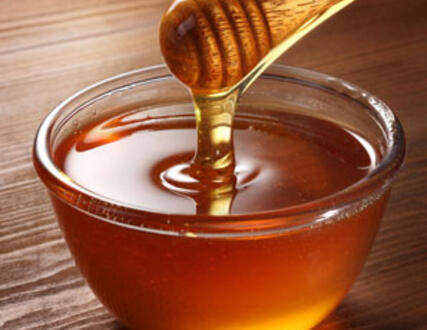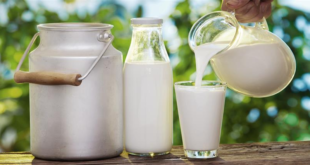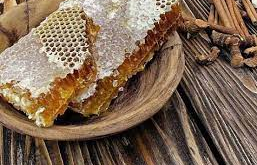Through the new Honey Communiqué published by the Ministry of Agriculture and Forestry, the botanical diversity in Turkish honeys such as thyme, chestnut, sunflower and citrus will be revealed.
With the new arrangement of the Ministry of Agriculture and Forestry, instead of being referred to as “flower honey”, honey is to be sold with a variety of plants such as thyme, chestnut, sunflower, citrus, but the pollen criteria introduced for these honey species will have to be met.
The Turkish Food Codex Honey Communiqué, which was changed by the Ministry of Agriculture and Forestry, was made to protect the consumer with regard to honey dominated by a plant variety.
Within this regulation, the minimum pollen rates that must be kept on the market with the name of a plant variety such as chestnut, thyme, sunflower, citrus, acacia, geven, cotton, and hay were introduced into the legislation for the first time. For example, if you write “chestnut honey” on the label of a honey, it will have to have 70 percent chestnut pollen in it. While this rate is determined for each plant variety, it will be 45 percent in sunflower and hay and 15 percent in acacia.
While “flower honey” expression takes place on labels of market honey brands, but the arrangement requires the botanical diversity in Turkey to be revealed and acknowledgment done right will be provided. The regulation also aims to diversify the honey into the market and support the producer.
Adulteration with malt sugar to be prevented…
With the new communiqué, the proline ratio, which has a great importance in the quality of the honey and the amount of protein, was determined as 500 milligrams per kilo for chestnut honey. Failure to achieve this ratio in chestnut honeys on the market will be a sign of adulteration in the audits for honey. Another step taken to prevent adulteration in honey was determined for the first time, a maximum of 4 percent maltose value for all honeys. Thus, adulterations made with malt sugar will be prevented.
Lastly the communiqué stipulated that an arrangement was also made to filter the honey. Thus, it will be ensured that the pollens blend into the honey without filtering.
 THE GLOBAL WINDOW OF TURKISH FOOD AND AGRICULTURE The Global Window of Turkish Food and Agriculture Sector
THE GLOBAL WINDOW OF TURKISH FOOD AND AGRICULTURE The Global Window of Turkish Food and Agriculture Sector









